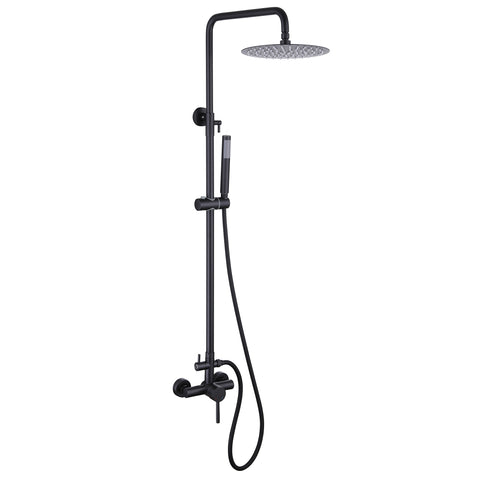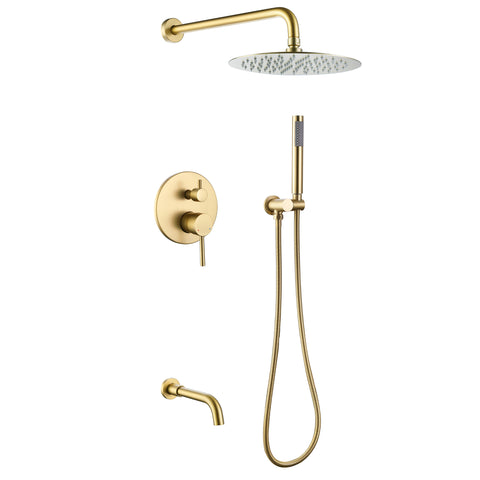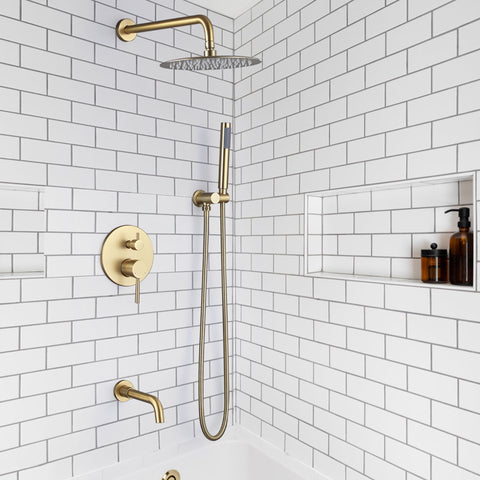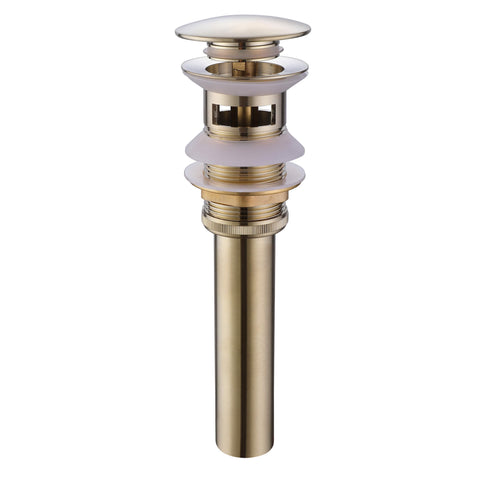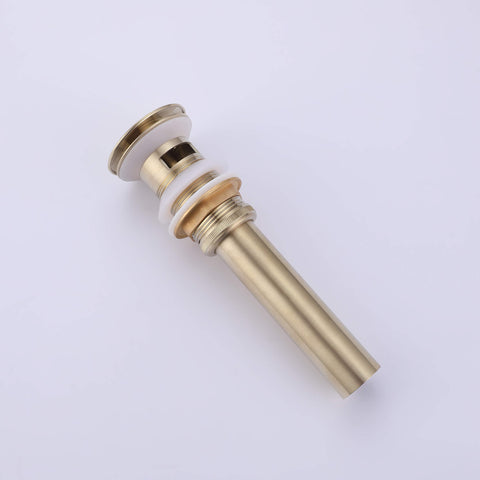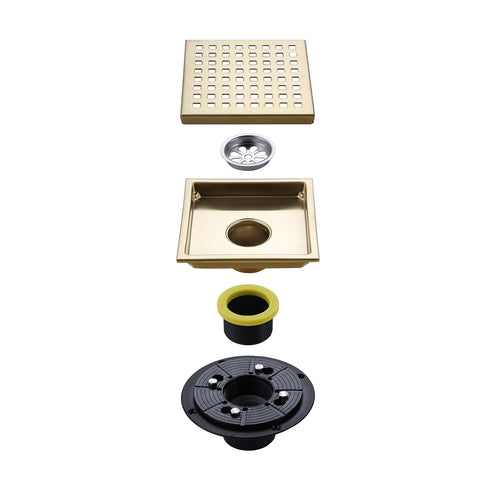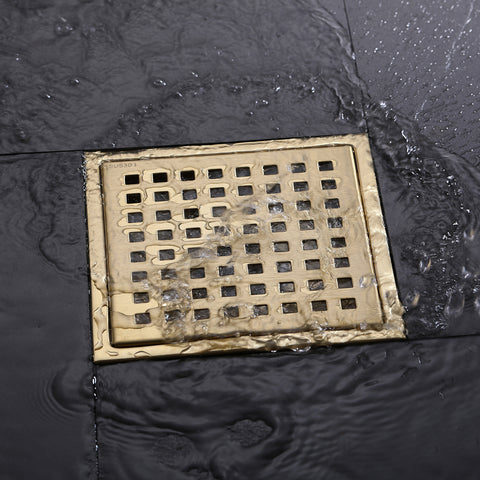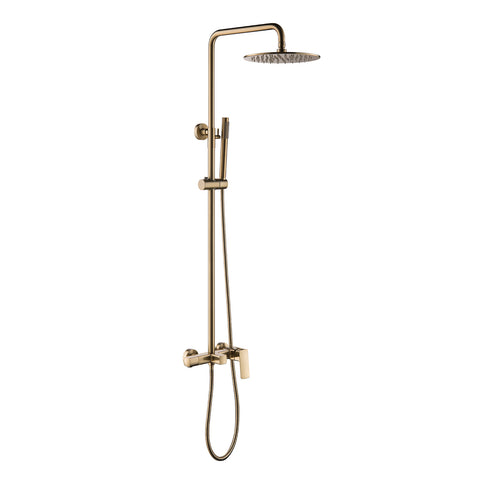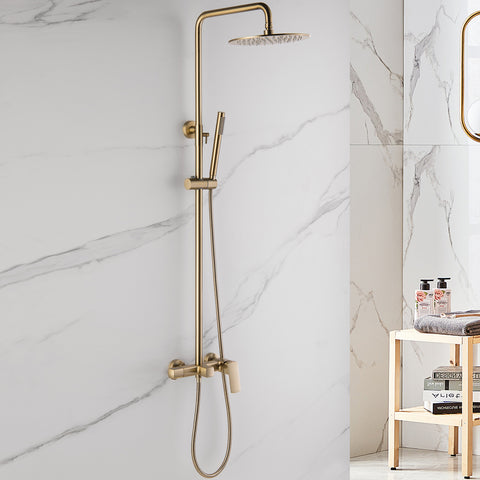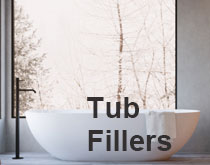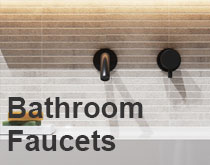How to Maintain Your Kitchen and Bathroom Faucets: Complete Care Guide
Faucets are among the most frequently used fixtures in any home, whether in the kitchen or the bathroom. They’re responsible for everyday tasks—from washing hands and rinsing vegetables to cleaning dishes and supporting personal hygiene. Because faucets work continuously, they naturally experience wear and tear over time. Without proper maintenance, issues such as leaks, reduced water pressure, mineral buildup, and corrosion can occur, shortening the lifespan of the fixture. The good news? With simple, consistent care, your faucet can stay efficient, hygienic, and visually appealing for many years. This guide will walk you through essential faucet maintenance practices to help protect your investment and keep your fixtures performing at their best.

1. Keep Your Faucet Clean and Shiny
Regular cleaning is the simplest yet most effective way to maintain your faucet’s appearance and prevent long-term damage. Daily cleaning removes soap scum, water spots, and bacteria that accumulate from frequent use. A soft cloth with warm, soapy water works well for most surfaces. Avoid abrasive scrubbers or harsh chemical cleaners, as they can scratch the finish or dull its shine. For stubborn stains, a mild dish soap solution usually does the trick without harming the protective coating.
If your faucet has a specialty finish such as matte black, brushed gold, or oil-rubbed bronze, always use non-abrasive products. These finishes often require gentler care to retain their smooth, even texture.
2. Watch for Leaks and Address Them Quickly
Small leaks may seem harmless, but over time they waste water, increase utility costs, and can damage the sink or countertop. Inspect your faucet regularly for drips, moisture around the base, or water pooling under the sink. Most leaks originate from worn-out washers, O-rings, or loose components. Replacing these small parts is usually simple and inexpensive, often restoring the faucet to perfect working condition.
Acting quickly when you notice leaks will help prevent larger structural issues and avoid unnecessary water waste.
3. Replace Worn Seals and Gaskets When Needed
Over time, seals and gaskets naturally degrade due to water pressure, temperature changes, and mineral buildup. If leaks continue even after tightening parts, replacing these internal components is essential. Check your faucet’s user manual or manufacturer website for the exact replacement parts for your model. Using correct parts ensures a proper fit and prevents additional wear on other internal mechanisms.
Regular replacement keeps your faucet functioning smoothly and prevents major breakdowns.
4. Clean or Replace the Aerator for Better Water Flow
The aerator—located at the faucet’s tip—is responsible for controlling water flow and preventing splashing. Over time, mineral buildup, debris, and sediment can clog the aerator, reducing water pressure. To clean it, simply unscrew it, soak it in vinegar for 30–60 minutes, and gently scrub with a toothbrush. If the aerator is damaged or excessively worn, replacing it is inexpensive and significantly improves performance.
Keeping the aerator clean ensures smooth, consistent water flow and optimal water efficiency.
5. Treat Hard Water Deposits Properly
If you live in an area with hard water, mineral deposits such as calcium and lime can accumulate on the faucet’s surface and inside its components. These deposits can cause stiffness in handles, discoloration, and reduced water pressure. A simple mixture of equal parts white vinegar and water can dissolve mineral buildup effectively.
Apply the solution with a cloth or soak the affected area, let it sit for 15–20 minutes, then scrub gently and rinse thoroughly. Regular treatment prevents long-term corrosion and keeps your faucet looking polished.
6. Lubricate Moving Parts for Smooth Operation
Over time, internal components such as cartridges and handles can become stiff due to usage and mineral deposits. Applying a small amount of silicone-based faucet grease helps maintain smooth operation and prevents unnecessary wear. Avoid using petroleum-based lubricants, as they can damage rubber components and reduce the lifespan of your faucet.
Regular lubrication ensures effortless handle movement and extends the longevity of internal parts.
7. Inspect and Replace the Cartridge When Necessary
The faucet cartridge regulates water flow and temperature. When this part begins to fail, you may notice inconsistent water pressure, difficulty adjusting temperature, or dripping even when the faucet is off. Replacing the cartridge often restores the faucet to like-new performance. Refer to your model’s guide for removal instructions or look up manufacturer resources for visual tutorials.
A well-functioning cartridge ensures smooth temperature control and prevents water waste.
8. Call a Professional When the Issue Is Serious
While many faucet maintenance tasks can be handled at home, some situations require professional expertise. Severe leaks, structural damage, complicated installations, or issues involving plumbing lines should be addressed by a licensed plumber. Attempting repairs without the necessary skills may lead to further damage or safety hazards.
Professional help ensures proper diagnosis and prevents unexpected future problems.
Conclusion
Regular faucet maintenance is the key to extending the life of your fixtures and keeping your kitchen and bathroom running efficiently. With consistent cleaning, timely part replacements, and simple preventive care, your faucet will stay reliable, attractive, and cost-effective. A few minutes of attention today can save you from costly repairs tomorrow—ensuring that your home’s essential fixtures continue working beautifully for years to come.
